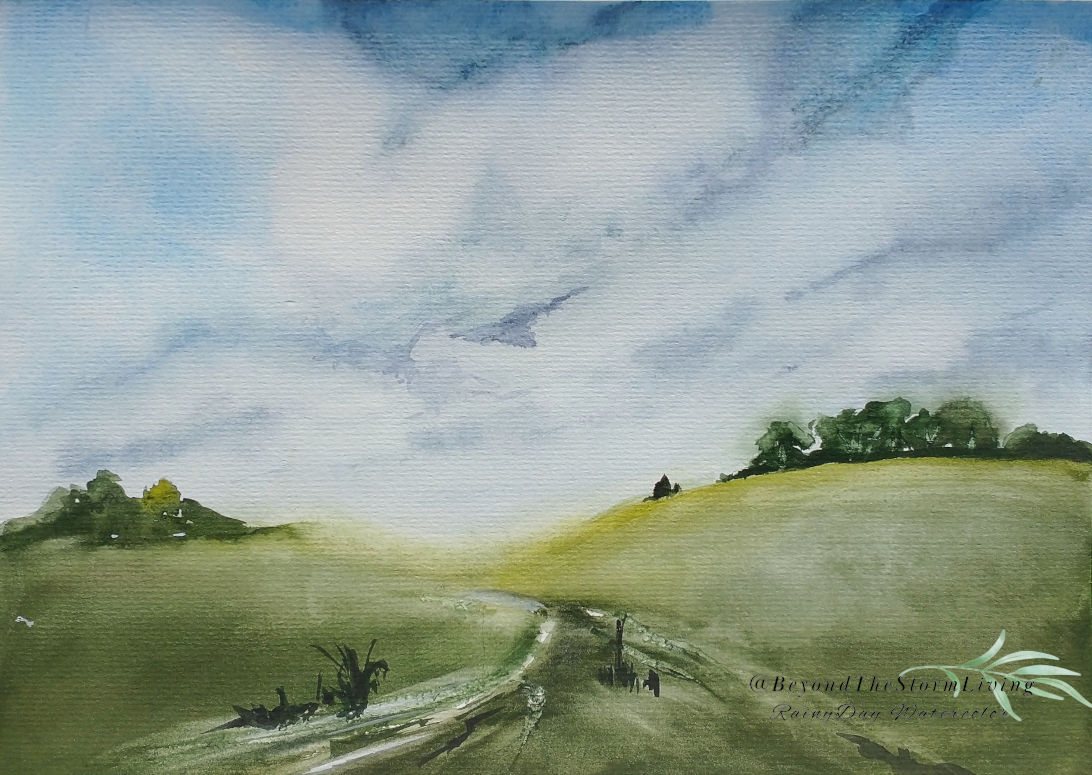Alla prima botanical watercolor study of a lily 🌸 Painted with a limited palette
Watercolor lily study painted alla prima with a limited palette. The alla prima approach brings freshness, energy, and expressive brushwork by finishing a piece in one sitting. A limited palette adds harmony, balance, and a sense of cohesion to the colors.
This piece was inspired by a tutorial from Elena Vavilina (Drawing Dog Marathon) 🌸 Credit to her for the guidance.










